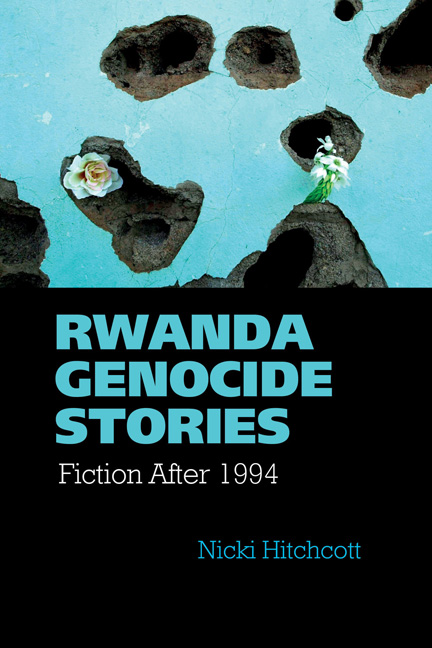Introduction
Summary
On 6 April 1994, a Falcon 50 jet carrying Rwandan President Juvénal Habyarimana was shot down by two surface–to–air missiles just as it was preparing to land in Kigali International airport. All the passengers, including the Rwandan President and the new President of neighbouring Burundi, Cyprien Ntaryamira, were killed. The shooting down of the President's plane is widely acknowledged as the opening event in the story of the 1994 genocide in Rwanda, now officially known as the Genocide against the Tutsi. It was immediately followed by 100 days of the most horrific massacres imaginable, in which as many as 1 million Rwandan people were brutally tortured and killed, often by friends, neighbours and even members of their own families. Yet the fact that the President was murdered is perhaps the only point on which there is no disagreement or ambiguity. All the other elements in the story, including who was responsible for shooting down the plane, are constantly being questioned and rewritten in both fictional and non–fictional versions of what happened in Rwanda. This book does not purport to provide a final account of the 1994 genocide, nor should it. Rather, it recognizes that, as Christopher Taylor notes, the genocide in Rwanda ‘will always defy all but partial and contradictory understanding’ (185). Furthermore, the attempt to reduce the story of the genocide to a single version of the truth is, of course, impossible, since each person will have experienced the events differently and on their own terms.
For current Rwandan President Paul Kagame, there is little room for ambiguity in the narrative of the genocide. In response to those who attempt to revise or deny the established facts, Kagame writes, ‘Genocide happened in broad daylight, and the population knows who is guilty and who is innocent of genocide crimes’ (xxiii). While it is extremely important to continue to combat genocide denial, the Rwandan government's attempt to reinforce a monolithic, simplified version of the story suggests that subject positions during the genocide are always easy to identify. Writers of fiction, on the other hand, present individual subject positions as anything but straightforward. Indeed, their alternative, imagined versions of the story sometimes contest the official narrative of the genocide.
- Type
- Chapter
- Information
- Rwanda Genocide StoriesFiction After 1994, pp. 1 - 28Publisher: Liverpool University PressPrint publication year: 2015



